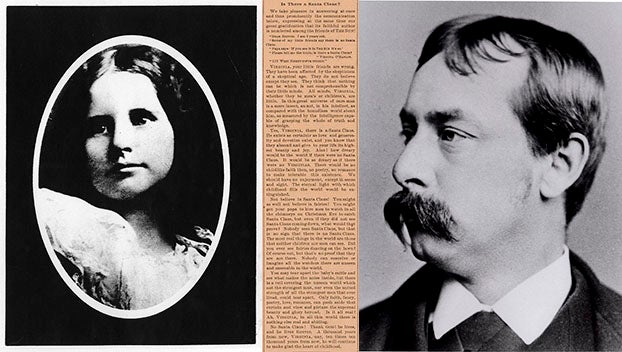Celebrated across the world
Published 7:24 pm Monday, March 4, 2019
Today, across the world in mainly countries with large Roman Catholic populations, many are taking part in one of the wildest parties of the year: Fat Tuesday. Commonly called Mardi Gras — French for Fat Tuesday— here in the U.S., it is a Christian holiday full of excess that caps the Carnival season before the beginning of Lent and its ritual fasting. Places such as New Orleans, Rio de Janeiro and Venice play host to some of the holiday’s most famous public celebrations, attracting thousands of tourists and revelers yearly.
The origins of Mardi Gras aren’t agreed upon. There are those that think it has roots in pagan celebrations of spring and fertility, such as the wild and raucous Roman festivals of Saturnalia and Lupercalia. And when Christianity arrived in Rome, religious leaders decided to incorporate these popular local traditions into the new religion, as opposed to abolishing them completely.
But other experts say that Mardi Gras-type festivities, with their excess and debauchery, popped up slowly as a result of the Catholic Church’s discouragement of sex and meat during Lent, the 40 days of fasting and penance between Ash Wednesday and Easter Sunday. Those same experts say Church reformers may have helped spread the pagan theory in the hope of discouraging pre-Lenten hedonism.
The holiday gets its unusual name, Fat Tuesday, from the eating habits of those who took part in the festivities. Traditionally, in the run-up to Lent, those who took part in the partying would binge on all the rich, fatty foods — meat, eggs, milk, cheese, lard — that remained in their homes, in anticipation of 40 days of eating only fish and different types of fasting for Lent. Carnival, another common name for the pre-Lenten festivals, also comes from this tradition: in Medieval Latin, carnelevarium means to take away or remove meat, from the Latin carnem for meat.
Here in the U.S., Mardi Gras is most closely associated with New Orleans, with the parade and floats, masks and costumes, throwing of beads and lavish balls. But, believe it or not, the first North American Mardi Gras was not hosted by New Orleans.
The holiday is believed to have arrived in North America on March 3, 1699, when the French-Canadian explorer Pierre Le Moyne d’Iberville camped about 60 miles downriver from the future site of New Orleans. Knowing it was Fat Tuesday back in France, Iberville named the spot Point du Mardi Gras and held a small gala. A few years later, French soldiers and settlers feasted and wore masks as part of Mardi Gras festivities in the newly founded city of Mobile in present-day Alabama. To this day, Mobile claims to have the oldest Mardi Gras tradition in the U.S.
Whether you want to take your final chance before Lent begins to get wild, or you just want an excuse to party it up on a Tuesday, Mardi Gras provides the opportunity. Even if you can’t make it to New Orleans or Rio to see everyone decked out in their lavish getups, you can still gather with some friends for some merrymaking.





